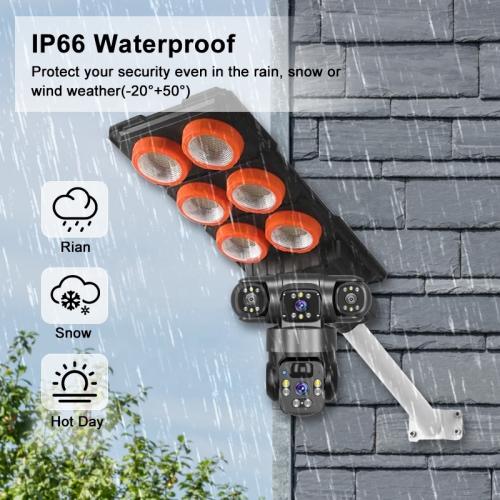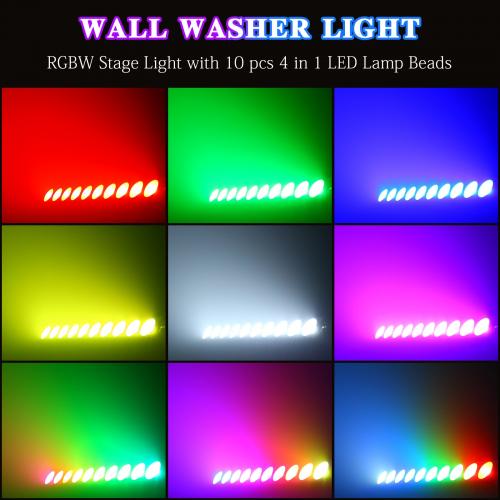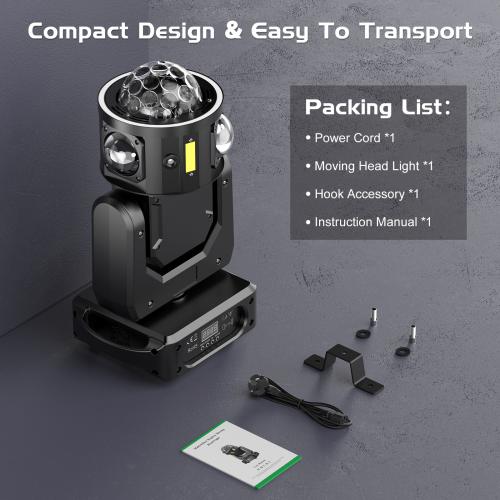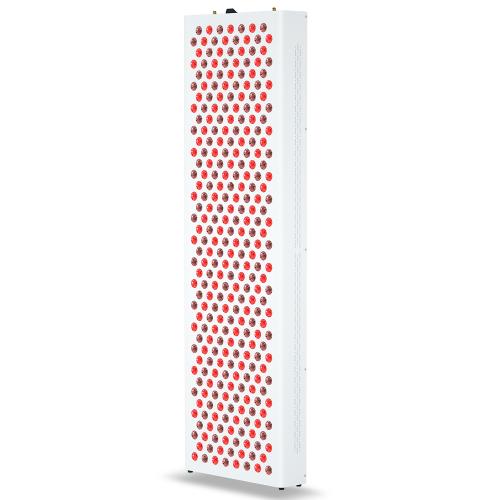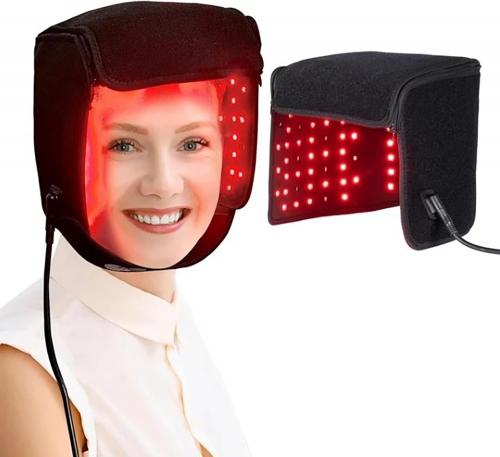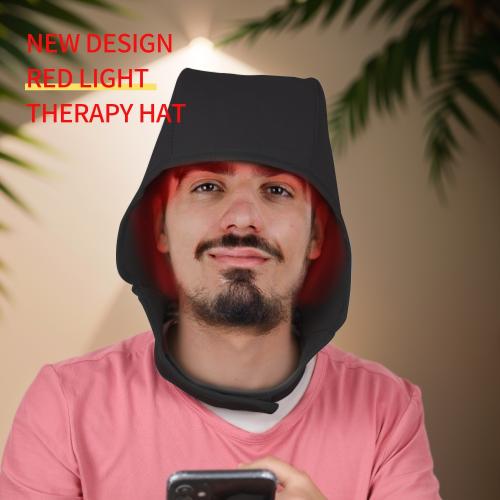What is the most effective red light therapy?
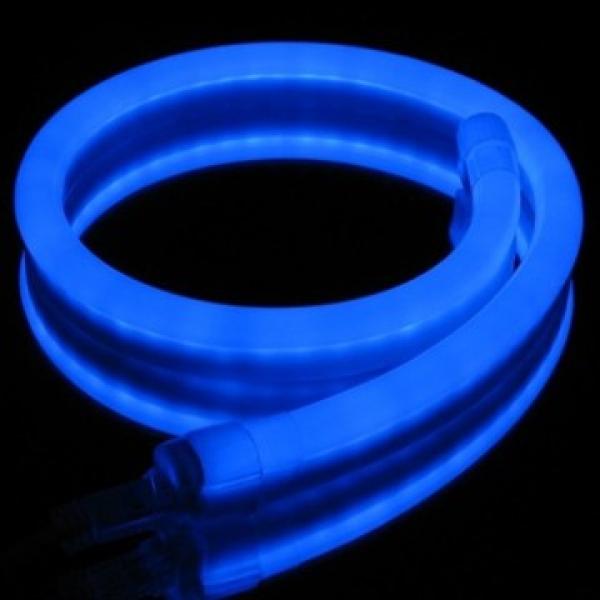
Red light therapy has gained significant attention in recent years as a non-invasive treatment option for a variety of health and wellness issues. It is a form of phototherapy that utilizes specific wavelengths of light to penetrate the skin and stimulate various biological processes. As more individuals seek effective alternatives for improving skin health, reducing pain, and enhancing overall well-being, understanding the most effective red light therapy options becomes essential.
Red light therapy is known for its versatility in addressing multiple conditions, including skin rejuvenation, wound healing, pain relief, and even mental health benefits. The effectiveness of red light therapy largely depends on several factors, including the wavelength used, the power output of the device, the duration and frequency of sessions, and the specific condition being treated.
Understanding Red Light Therapy
Red light therapy involves the use of low-level wavelengths of red light, typically ranging from 630 to 660 nanometers, and sometimes near-infrared light, which ranges from 810 to 850 nanometers. These light wavelengths penetrate the skin and are absorbed by the mitochondria, the energy-producing components of cells. This absorption stimulates the production of adenosine triphosphate (ATP), which is the primary energy carrier in cells, promoting healing and regeneration.
The therapy is administered using specialized devices, such as LED panels, lamps, or handheld devices, that emit the specific wavelengths of light required for treatment. These devices vary in size, power, and application method, influencing their effectiveness for different purposes.
Key Factors Influencing Effectiveness
-
Wavelength: The choice of wavelength is crucial for targeting specific issues. Red light at 630-660 nm is particularly effective for skin treatments, promoting collagen production, reducing wrinkles, and improving skin tone. Near-infrared light (810-850 nm) penetrates deeper, making it suitable for muscle recovery, pain relief, and enhancing circulation.
-
Power Output: The intensity of the light emitted by the device, measured in milliwatts per square centimeter (mW/cm²), determines how much energy is delivered to the target area. Higher power outputs generally lead to more effective treatments, as they ensure sufficient energy reaches the cells for stimulation.
-
Treatment Duration and Frequency: The duration and frequency of red light therapy sessions play a significant role in achieving desired results. Consistent treatments over a period are often necessary for noticeable improvements. Typically, sessions last between 10 to 20 minutes, several times a week, depending on the condition being treated.
-
Device Quality: The quality and design of the red light therapy device can impact its effectiveness. High-quality devices with proper calibration and safety features ensure optimal delivery of light and minimize risks of overexposure or inadequate treatment.
Applications of Red Light Therapy
-
Skin Health: Red light therapy is widely used for enhancing skin health. It promotes collagen production, which helps reduce fine lines and wrinkles, improve skin elasticity, and enhance overall skin texture. It can also accelerate wound healing and reduce inflammation, making it beneficial for treating acne, scars, and other skin conditions.
-
Pain Management: For individuals dealing with chronic pain or inflammation, red light therapy offers a non-invasive solution. It can help reduce pain and inflammation in joints and muscles, making it suitable for conditions like arthritis, muscle strains, and sports injuries.
-
Mental Health: Emerging research suggests that red light therapy may have positive effects on mental health by improving mood and reducing symptoms of depression and anxiety. The therapy's ability to enhance cellular energy production and blood circulation may contribute to these benefits.
-
Sleep Improvement: Red light therapy may also aid in improving sleep quality. Exposure to red light before bedtime can help regulate circadian rhythms and promote relaxation, leading to better sleep patterns.
Choosing the Most Effective Red Light Therapy
When selecting a red light therapy device, it’s essential to consider the intended use and specific needs. Here are some tips for choosing the most effective option:
-
Determine the Purpose: Identify the primary reason for using red light therapy, whether it’s for skin rejuvenation, pain relief, or another health concern. This will guide the choice of wavelength and device type.
-
Research Device Specifications: Look for devices with appropriate wavelength ranges and power outputs suitable for the intended application. Ensure the device is manufactured by a reputable company with positive reviews and safety certifications.
-
Consider Convenience: Choose a device that fits your lifestyle and usage preferences. Handheld devices offer portability, while larger panels may be more suitable for comprehensive treatments.
-
Consult Professionals: If unsure, consult healthcare professionals or dermatologists who can recommend suitable devices and treatment protocols based on individual needs.
Conclusion
Red light therapy is a promising and versatile treatment option that can address a range of health and wellness concerns. Its effectiveness depends on several factors, including the choice of wavelength, power output, treatment duration, and device quality. By understanding these elements and selecting the right device for specific needs, individuals can maximize the benefits of red light therapy and improve their overall health and well-being. Whether aiming for skin rejuvenation, pain relief, or mental health improvement, red light therapy offers a scientifically-backed, non-invasive solution worth considering.

 Afrikaans
Afrikaans Čeština
Čeština Dansk
Dansk Deutsch
Deutsch Español
Español Francais
Francais Italiano
Italiano Magyar
Magyar Nederlands
Nederlands Norsk
Norsk Polski
Polski Português
Português Română
Română Slovák
Slovák Suomi
Suomi Svenska
Svenska Tiếng Việt
Tiếng Việt Türk dili
Türk dili Ελλάδα
Ελλάδα Русский
Русский اللغة العربية
اللغة العربية แบบไทย
แบบไทย 中文繁體
中文繁體 日本語
日本語 한국인
한국인
